Nasturtium – Alaska Gold Dwarf
$1.00
Out of stock
Nasturtium – Alaska Gold Dwarf
-
Growing Temp 60°F – 75°F
-
Days to Maturity 55-70 days
- $3.99 Flat Rate Shipping
- 30 Days Return
- Ships the Next Business Day
Nasturtium – Alaska Gold Dwarf
-
Growing Temp 60°F – 75°F
-
Days to Maturity 55-70 days
Ease of Cultivation and uses: Nasturtium Alaska Gold Dwarf is a charming dwarf variety known for its vibrant golden-yellow flowers and attractive, variegated foliage. This plant is relatively easy to grow, making it an excellent choice for novice gardeners as well as seasoned horticulturists. It thrives in a range of soil types and conditions, adding a splash of color to garden beds, containers, and hanging baskets. The flowers and leaves are not only beautiful but also edible, offering a peppery flavor that enhances salads, sandwiches, and other dishes.
Direct Sowing: For direct sowing, plant Alaska Gold Dwarf seeds outdoors after the last frost date when soil temperatures are at least 60°F. Sow the seeds 1/2 inch deep and space them about 10–12 inches apart to allow for proper growth. Germination usually occurs within 7–14 days. Keep the soil consistently moist until the seedlings are established, and be cautious not to overwater. This dwarf variety thrives in full sun to partial shade, making it adaptable to various garden settings.
Early Sowing for Seedlings: To get a jump start on the growing season, sow Alaska Gold Dwarf seeds indoors 4–6 weeks before the last expected frost. Use seed trays filled with a quality potting mix and plant the seeds 1/2 inch deep. Maintain a temperature of around 70°F for optimal germination. Once seedlings have developed their first true leaves and the risk of frost has passed, transplant them into the garden, spacing them 10–12 inches apart. Water them well after transplanting to promote strong root establishment.
Harvesting: Harvesting Nasturtium Alaska Gold Dwarf is simple and enjoyable. Look for fully developed flowers and leaves, ideally picking them in the morning when the plants are hydrated. Use scissors to snip off the flowers and leaves, ensuring you leave enough foliage for continued growth. The flowers can be used fresh in salads or as decorative garnishes, while the leaves can add a peppery flavor to a variety of dishes. For preservation, consider drying or pickling the flowers for later use.
Only logged in customers who have purchased this product may leave a review.

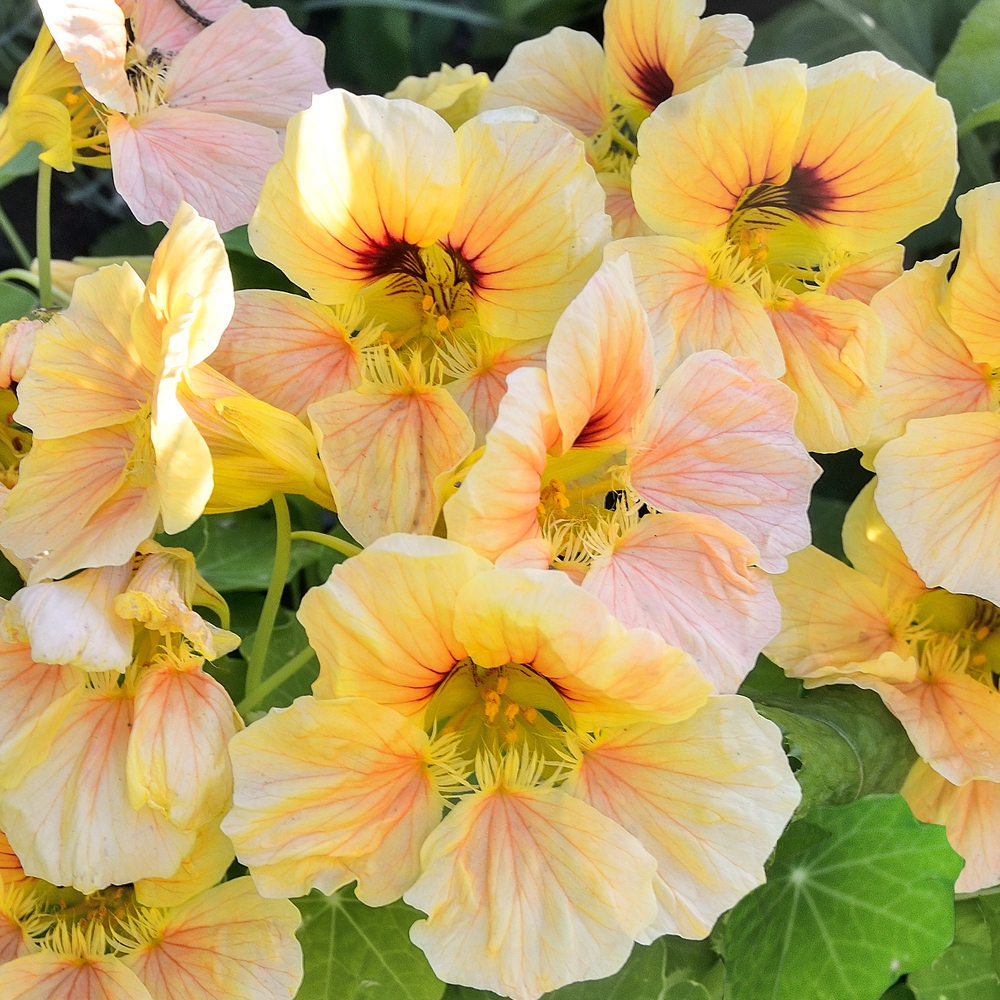
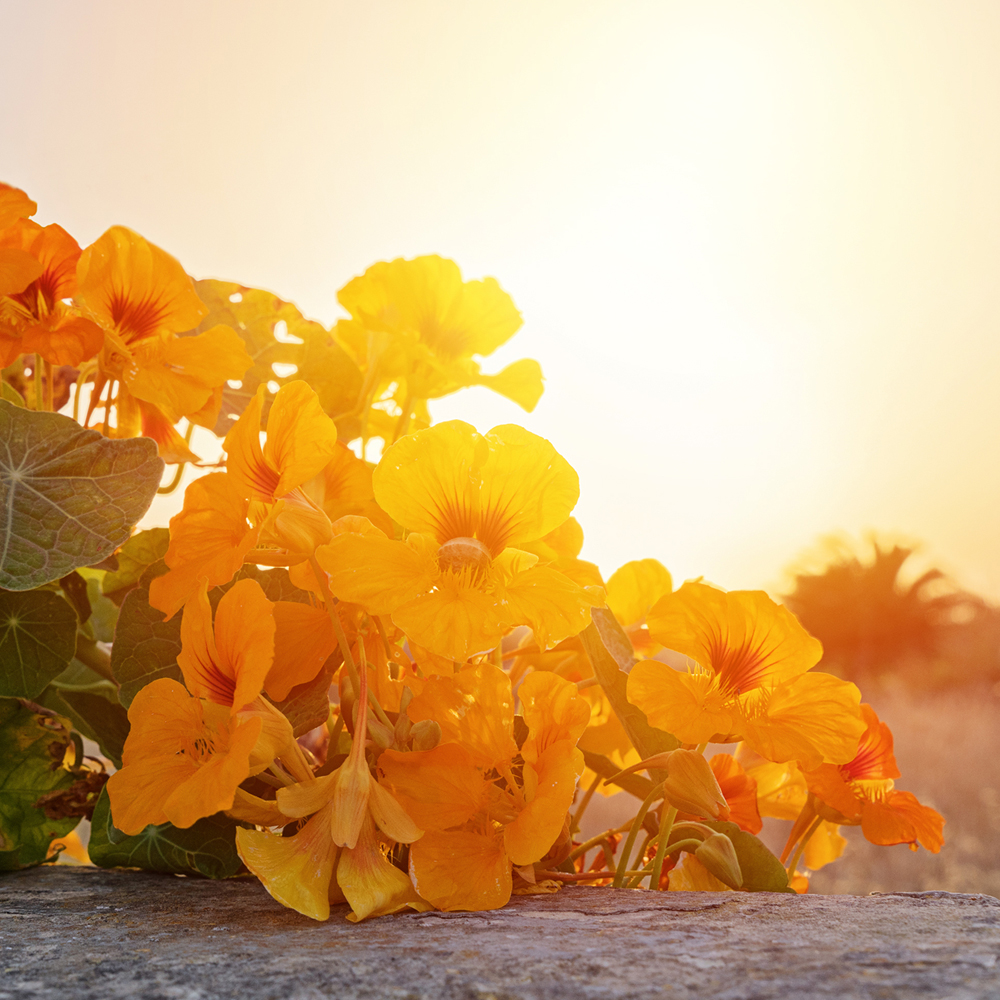
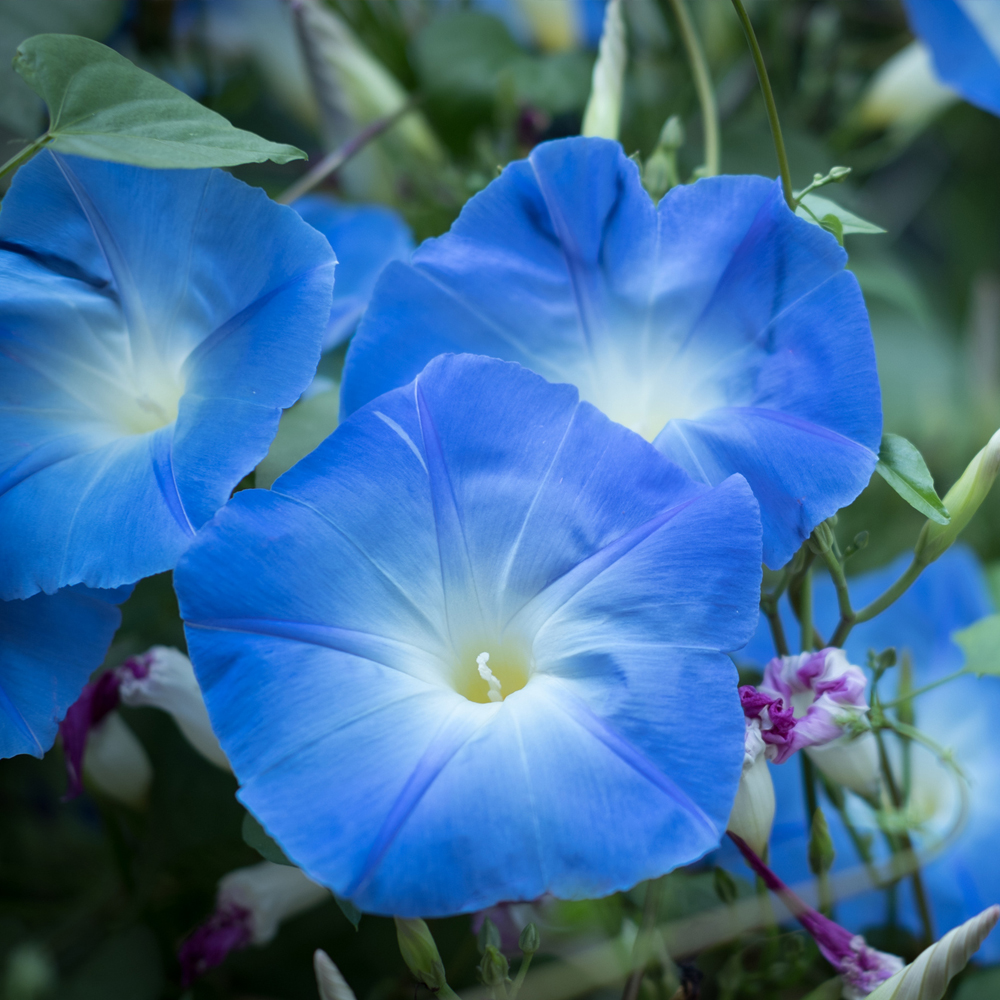
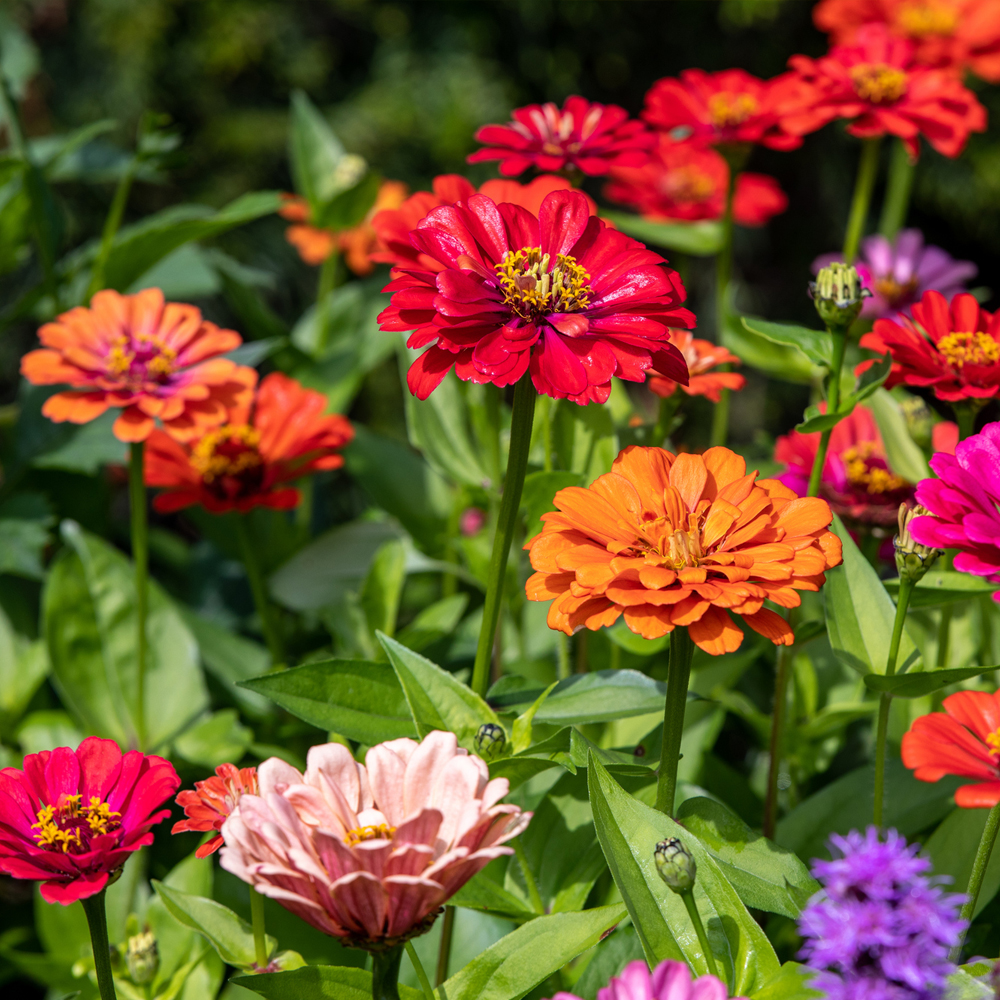
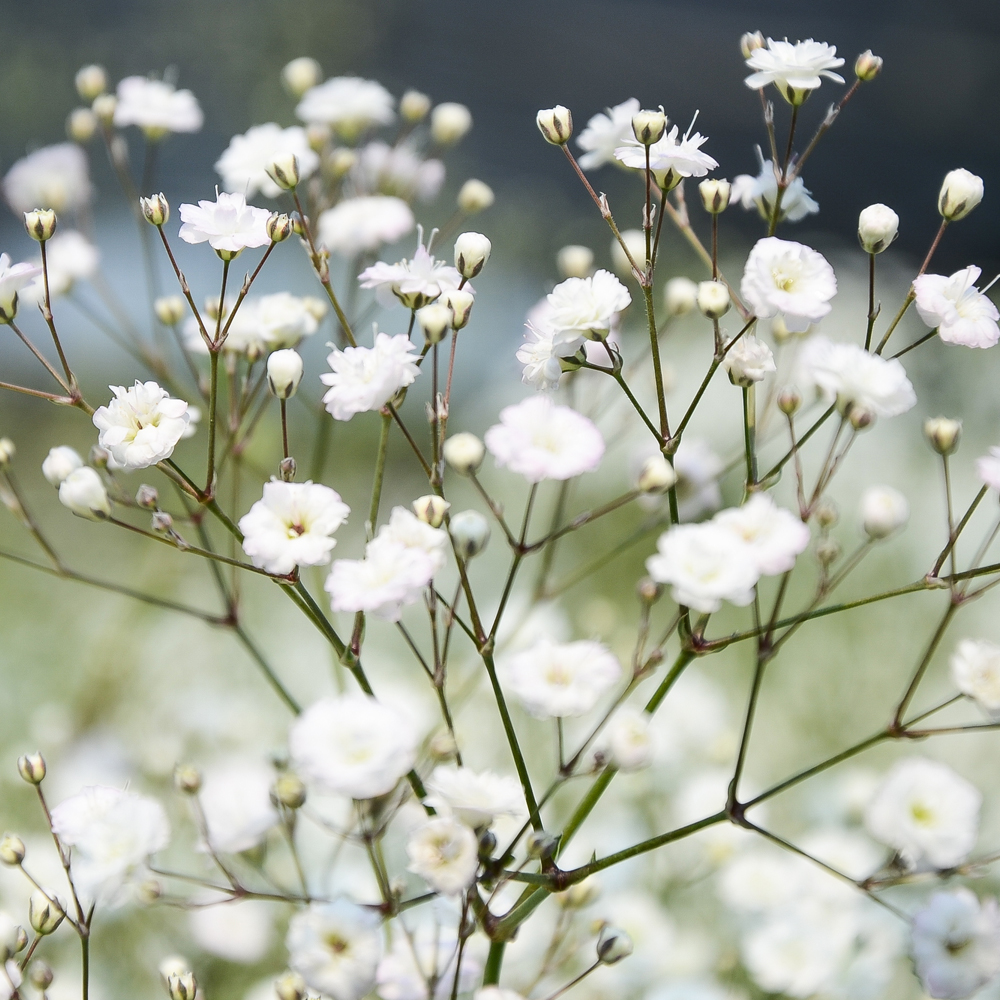
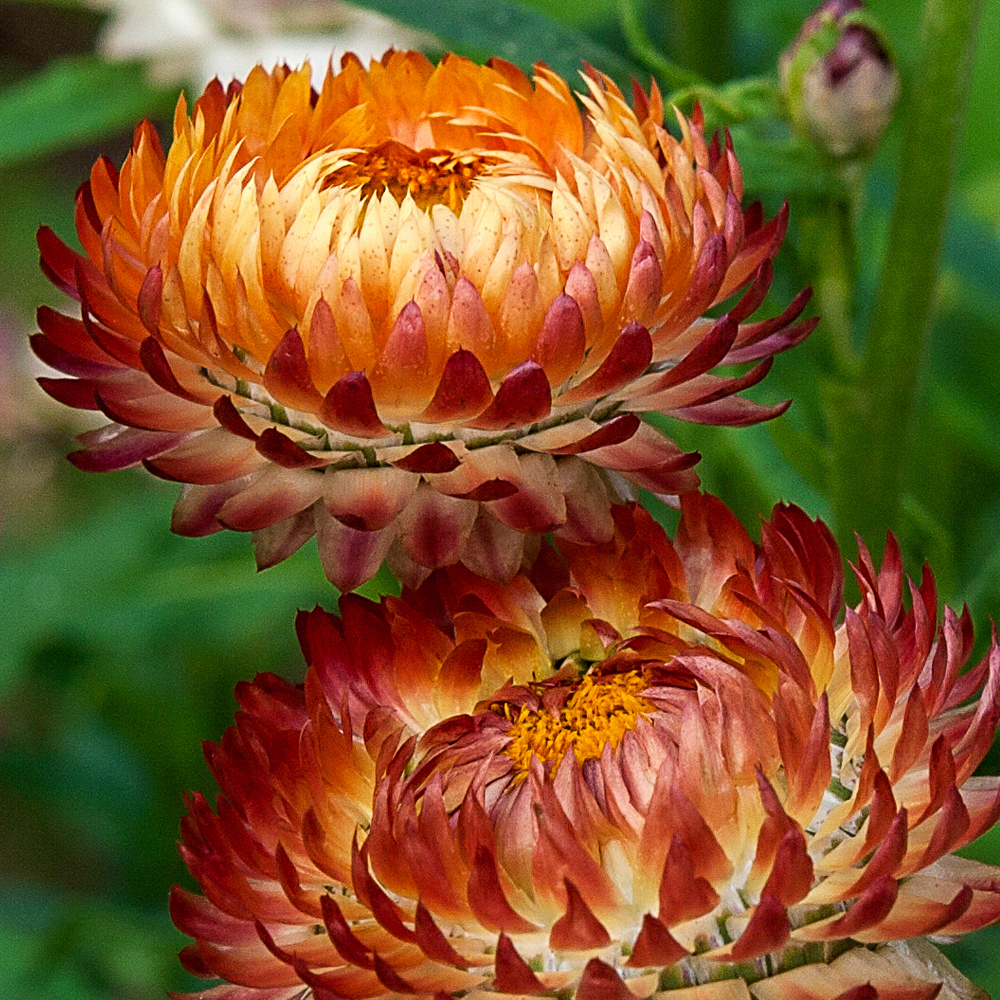
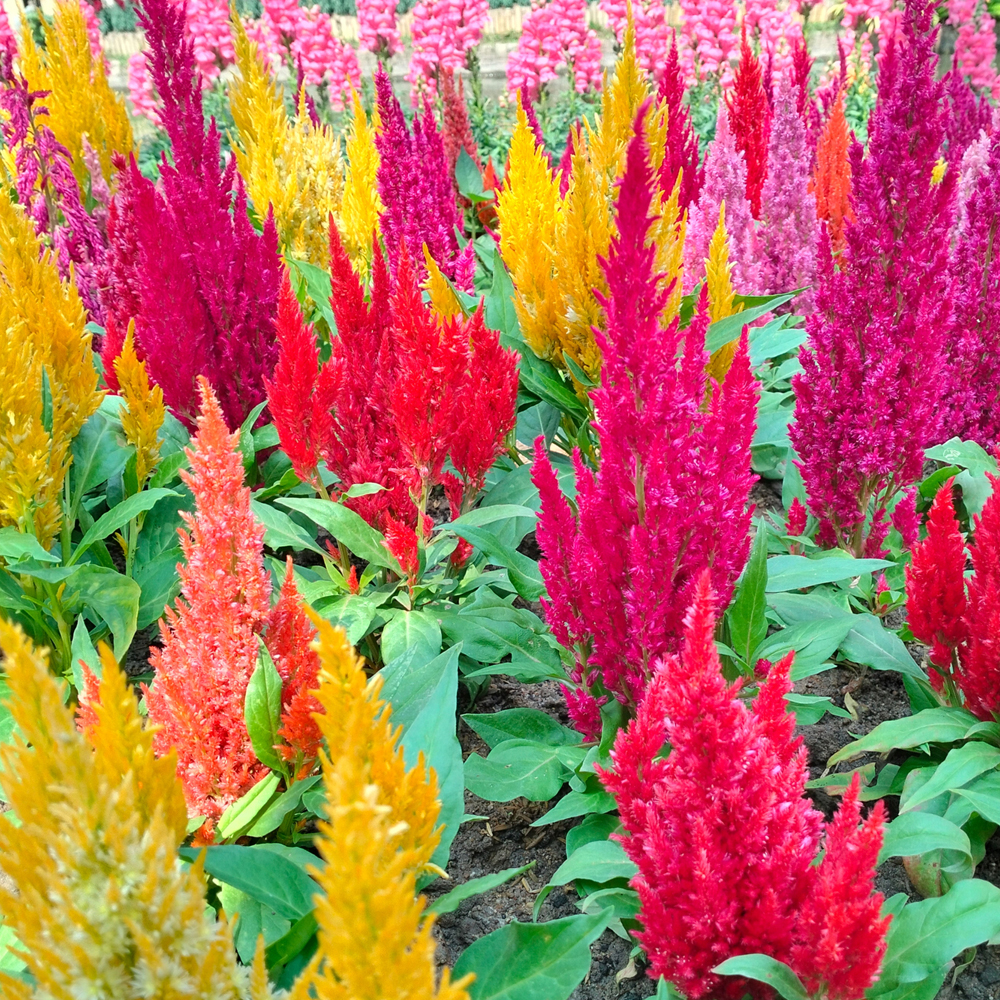
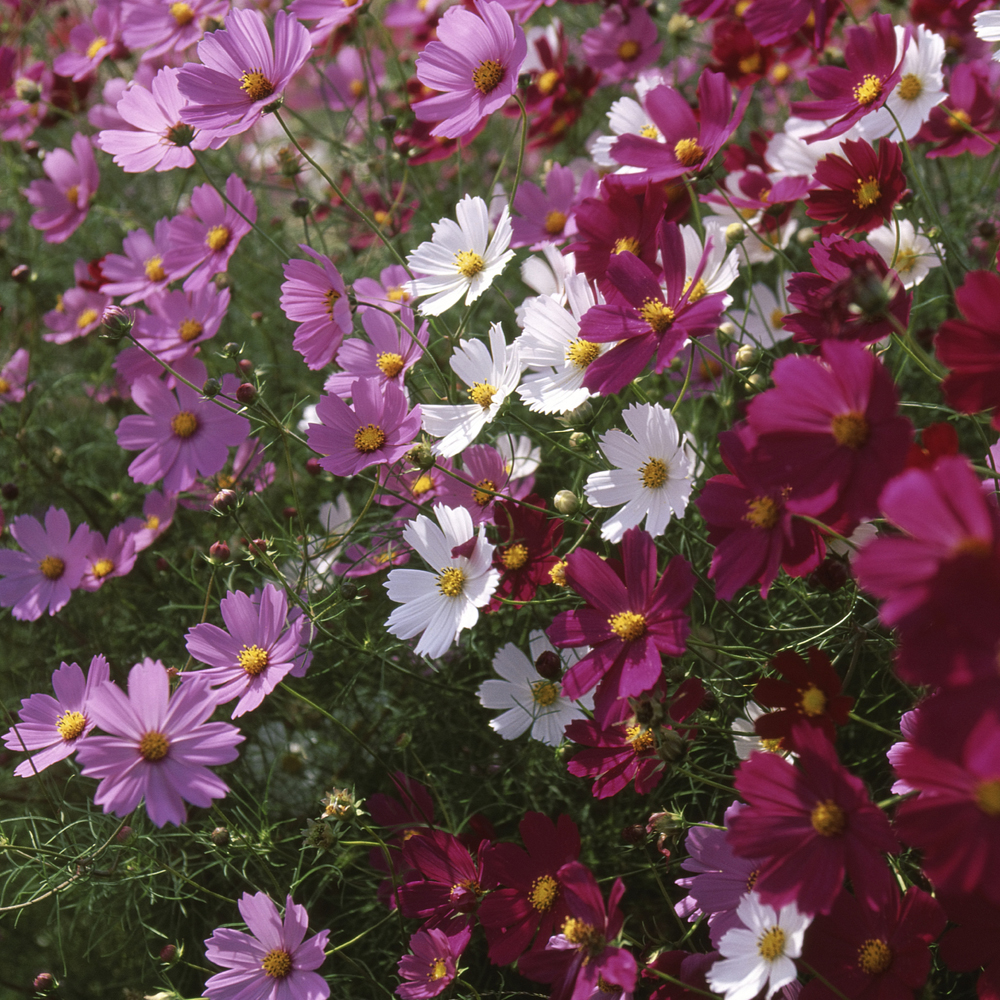

Reviews
There are no reviews yet.